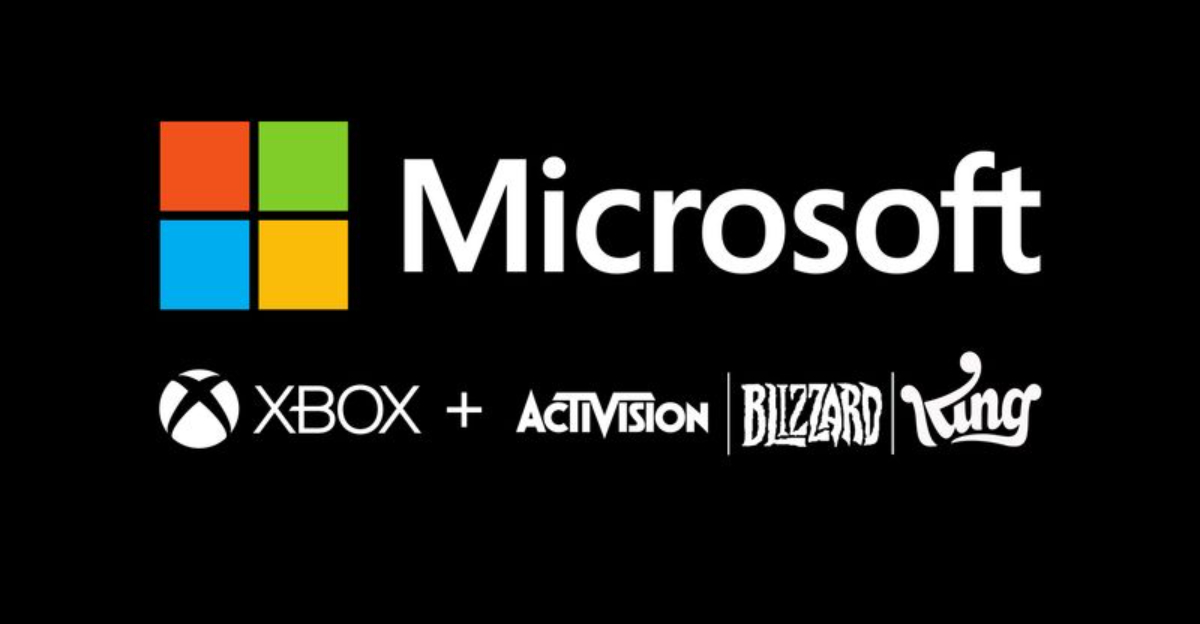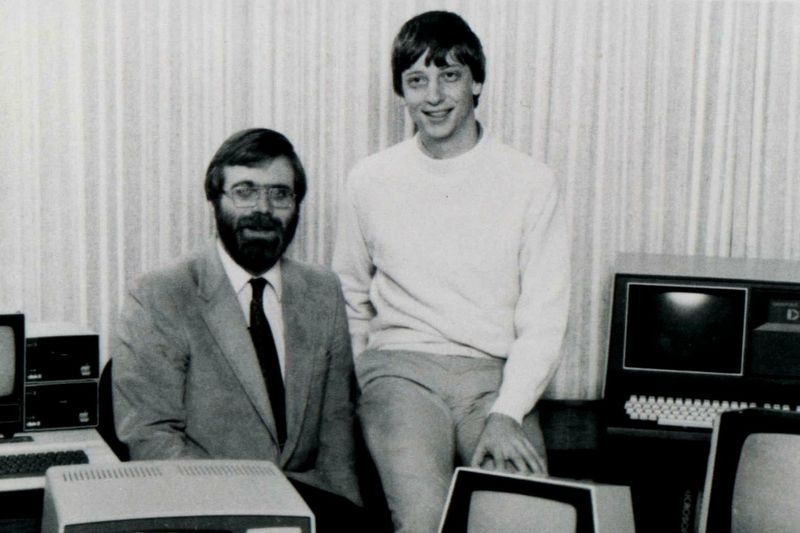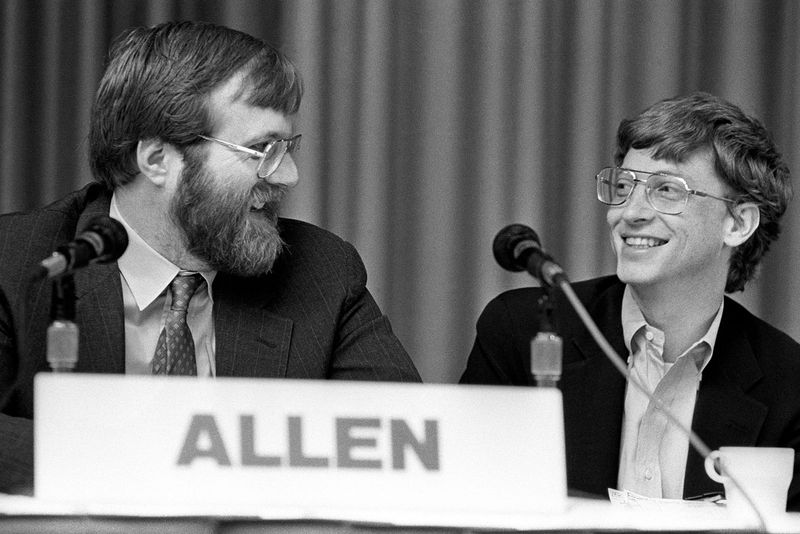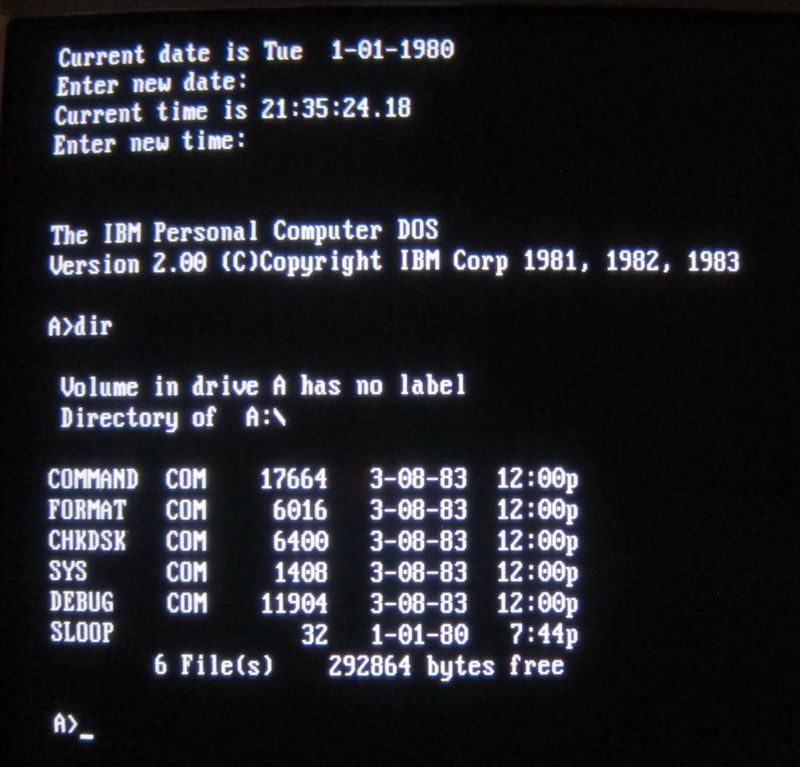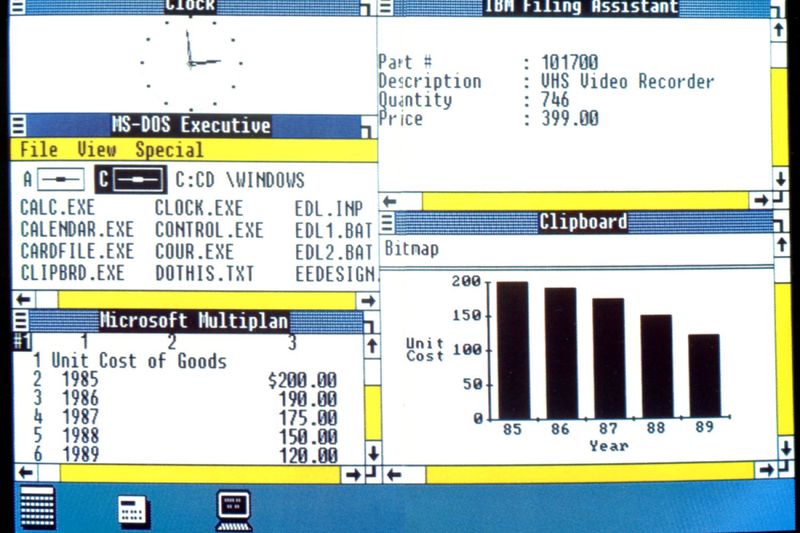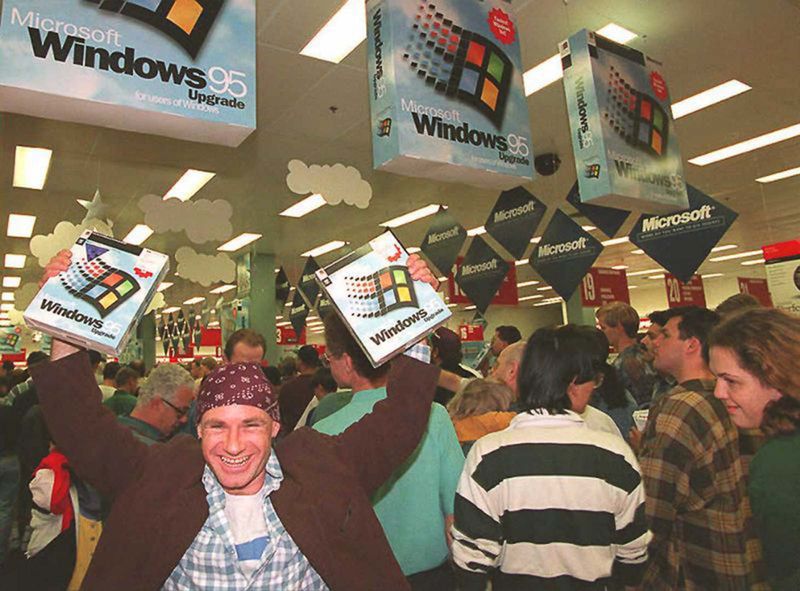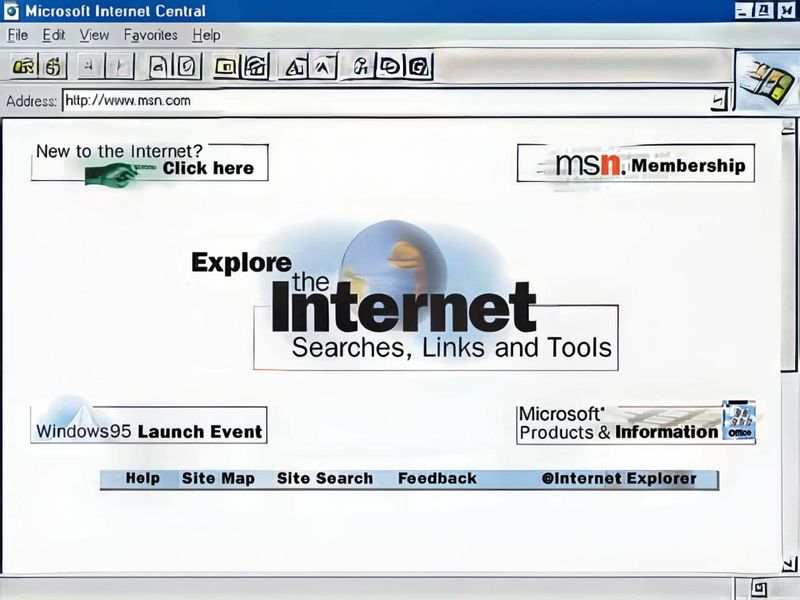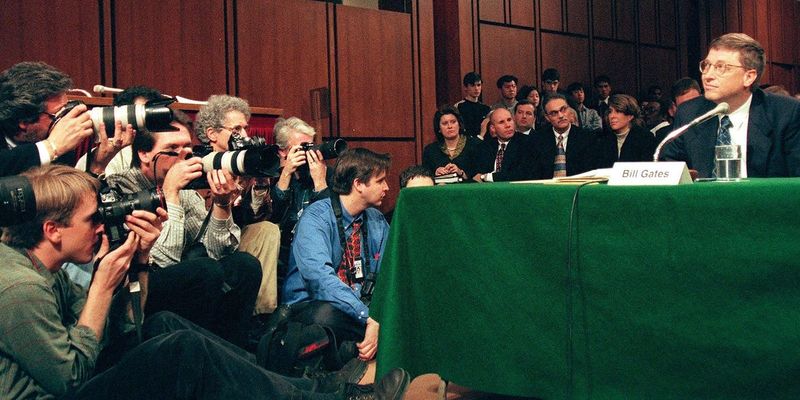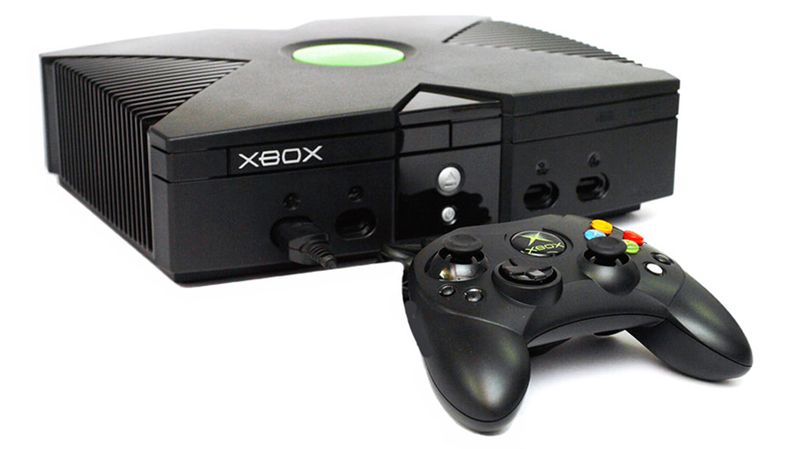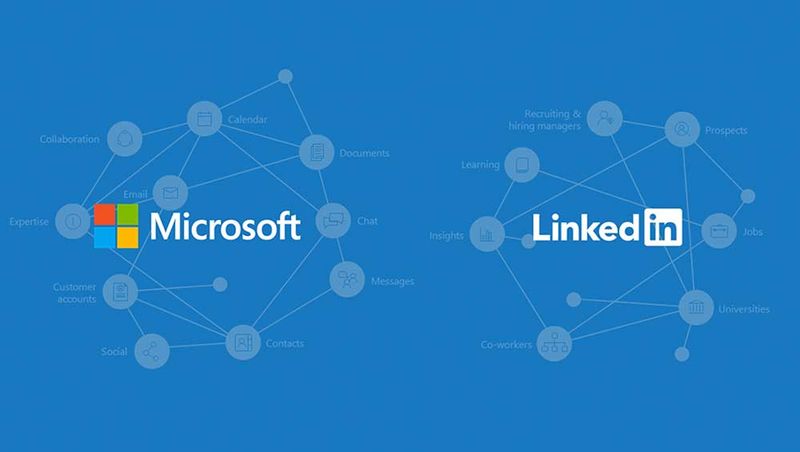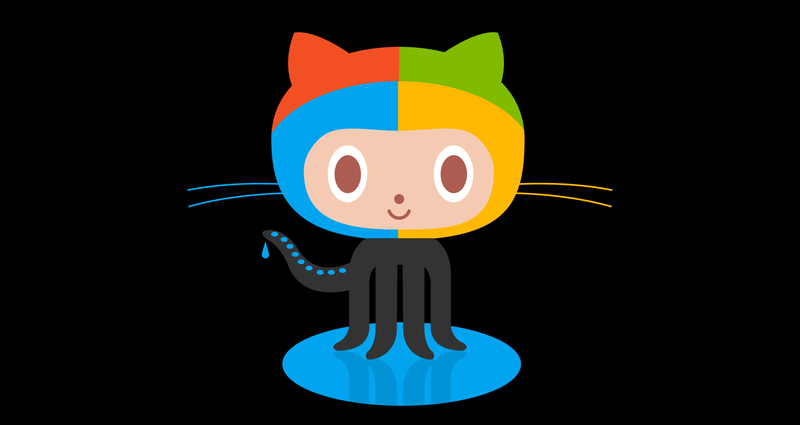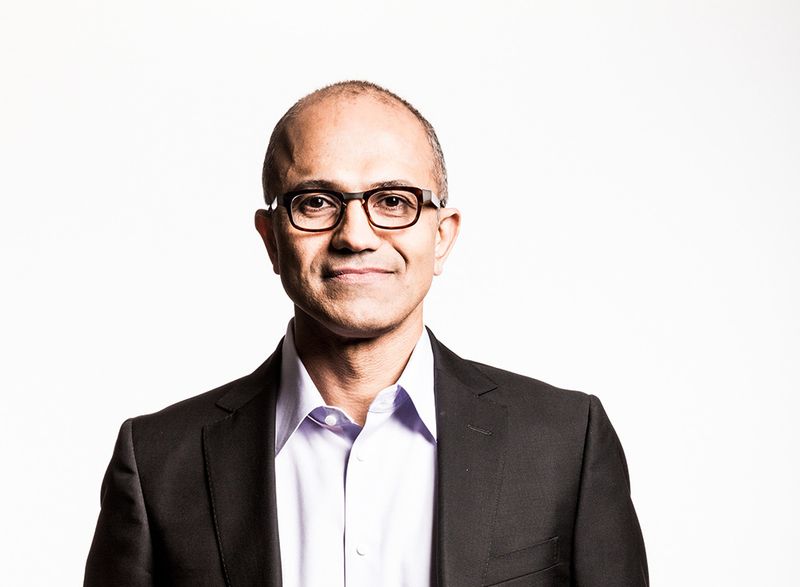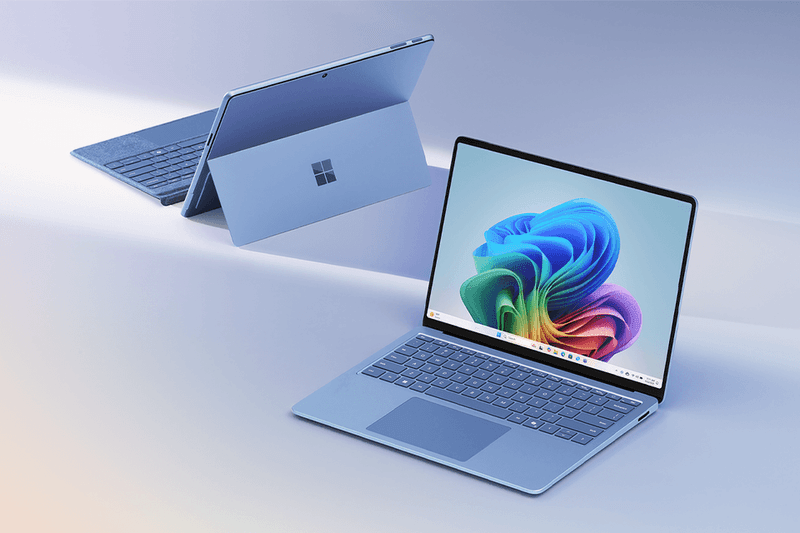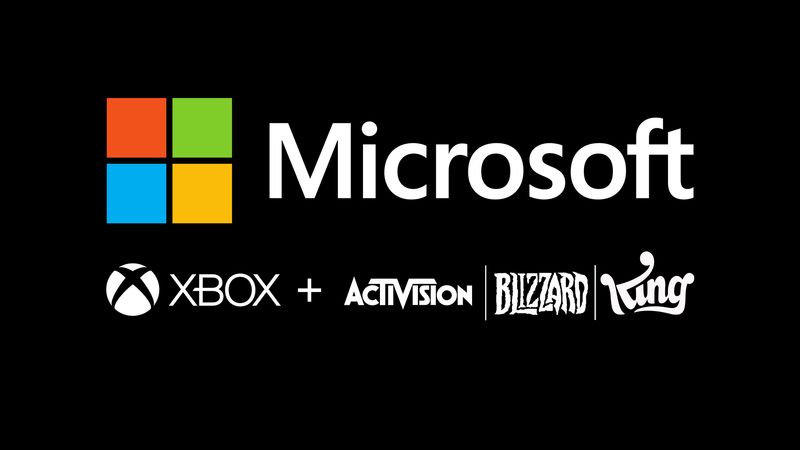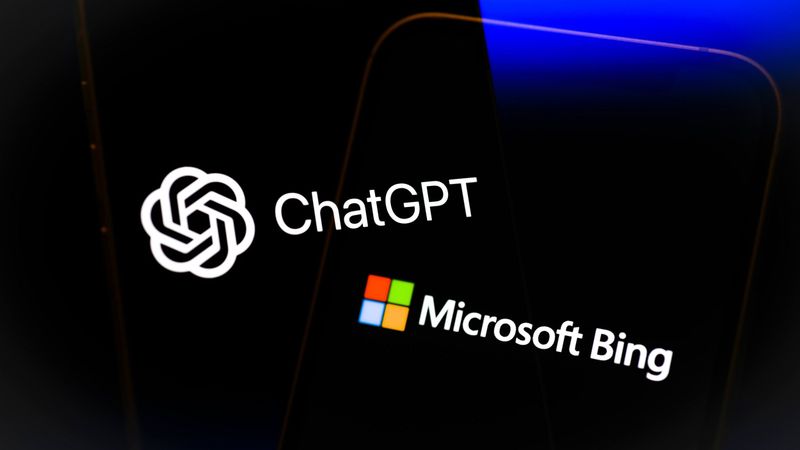Discover the fascinating journey of Microsoft through 16 pivotal moments that shaped the tech giant.
From its humble beginnings to becoming a leader in the software industry, each fact unravels the story of innovation and evolution.
Join us on this captivating exploration of Microsoft’s milestones.
1. Bill Gates and Paul Allen Co-Found Microsoft
In a small garage in Albuquerque, New Mexico, two childhood friends, Bill Gates and Paul Allen, embarked on a journey that would forever change the technological landscape.
At just 19 and 22 years old, these visionaries founded Microsoft in 1975. Their shared passion for computers and programming ignited a spark that transformed the industry.
They began with an ambitious goal: to place a computer on every desk and in every home. This dream seemed far-fetched at the time, but the duo’s relentless drive and innovative spirit set them on a path to success.
Their collaboration and forward-thinking ideas laid the foundation for what Microsoft would become. From those humble beginnings, Gates and Allen’s partnership blossomed into a powerhouse of technological advancement.
2. The Name “Microsoft” is Born
The origin of Microsoft’s name is as innovative as the company itself. In 1975, the duo needed a name that encapsulated their vision of creating software for microcomputers.
After tossing around ideas, the name “Microsoft” was conceived, blending ‘microcomputer’ and ‘software’ into a single term. This new name symbolized their ambition to dominate the software industry.
It also reflected their pioneering spirit and commitment to bringing innovative solutions to the market. With the name established, Gates and Allen set out to make Microsoft a household name, and the world would soon come to know and rely on this tech giant.
3. First Big Break: MS-DOS
Microsoft’s first major breakthrough came with the development of MS-DOS. In 1980, IBM approached Microsoft to create an operating system for its new line of personal computers.
Recognizing a golden opportunity, Microsoft acquired an existing operating system and adapted it into MS-DOS. This strategic move catapulted Microsoft into the spotlight, as MS-DOS quickly became the standard for IBM PCs.
The deal cemented Microsoft’s reputation as an industry leader and laid the groundwork for its future successes.
MS-DOS’s simplicity and efficiency made it a favorite among developers and users alike, paving the way for Microsoft’s enduring influence in the tech world.
4. Windows 1.0 Launches
In 1985, Microsoft launched Windows 1.0, marking a significant leap in computer interface design. Unlike MS-DOS, Windows 1.0 offered a graphical user interface, allowing users to navigate their computers with ease.
This innovation made computing more accessible to a broader audience, breaking down barriers and inviting more people into the digital age.
The introduction of Windows Paint, Windows Write, and a game of Reversi demonstrated the platform’s versatility and potential.
While initial reactions were mixed, Windows 1.0 laid the foundation for future versions, setting Microsoft on a course to revolutionize personal computing.
5. Windows 95 Revolutionizes the PC
Windows 95 was a game-changer in the world of personal computing. Released in 1995, it introduced groundbreaking features like the Start button, taskbar, and plug-and-play capabilities.
These innovations made PCs more user-friendly and accessible to everyday users. The launch was accompanied by a massive marketing campaign, with The Rolling Stones’ “Start Me Up” as its anthem.
Consumers eagerly lined up outside stores to get their hands on the new operating system, showcasing the excitement and anticipation surrounding the release.
Windows 95 set a new standard for operating systems, solidifying Microsoft’s place as a leader in the tech industry.
6. Clippy the Paperclip
Who could forget Clippy, the lovable yet often frustrating office assistant? Introduced in Microsoft Office 97, Clippy quickly became an iconic character, offering help and tips to users navigating their documents.
Though its presence was sometimes seen as intrusive, Clippy’s quirky personality left a lasting impression on users. It symbolized Microsoft’s attempt to make software more user-friendly and interactive.
While Clippy was eventually retired, it remains a nostalgic memory for many and a reminder of Microsoft’s drive to innovate and improve the user experience.
7. Internet Explorer Dominates the Web
In the late 1990s, Internet Explorer became the dominant web browser, capturing over 90% of the market. Originally released in 1995, it was part of the Windows operating system, giving it a significant advantage over competitors.
Explorer’s integration with Windows made it a go-to choice for many, and its rapid development cycle kept it ahead in the browser wars. Features like tab browsing and security enhancements endeared it to users.
Though its popularity waned with the rise of competitors, Internet Explorer’s legacy as a web pioneer is undeniable, reflecting Microsoft’s impact on the internet’s evolution.
8. Antitrust Lawsuit
In the late 1990s, Microsoft faced a high-profile antitrust lawsuit, accused of monopolistic practices by the U.S. government. The case hinged on Microsoft’s bundling of Internet Explorer with Windows, which was seen as stifling competition.
The trial captured global attention, with its outcome holding significant implications for the tech industry. Ultimately, Microsoft was found to have violated antitrust laws, leading to a settlement that imposed restrictions on its business practices.
This pivotal moment forced Microsoft to reevaluate its strategies, influencing its future direction and fostering a more competitive technology landscape.
9. Xbox Launches
In 2001, Microsoft made a bold entry into the gaming industry with the release of the Xbox console. This venture marked the company’s first step into gaming hardware, challenging established players like Sony and Nintendo.
The Xbox offered powerful graphics and a robust online gaming experience through Xbox Live, setting it apart from competitors. Gamers were drawn to exclusive titles like Halo, which became instant classics.
This successful launch established Microsoft as a key player in the gaming world, and the Xbox brand continues to thrive with a loyal fanbase and cutting-edge technology.
10. Microsoft Buys LinkedIn
In a strategic move to expand its influence in the professional networking space, Microsoft acquired LinkedIn in 2016 for $26.2 billion. This acquisition aimed to integrate LinkedIn’s vast network of professionals with Microsoft’s suite of products.
The deal was seen as a natural fit, allowing seamless collaboration and communication tools for professionals worldwide. LinkedIn’s extensive data and analytics capabilities complemented Microsoft’s cloud offerings.
This acquisition underscored Microsoft’s commitment to empowering people and organizations, enhancing productivity and connectivity across industries.
11. Microsoft Acquires GitHub
In 2018, Microsoft acquired GitHub, the leading platform for software development and code collaboration, for $7.5 billion. This move aligned with Microsoft’s vision to support developers and foster open-source communities.
GitHub’s innovative platform allows developers to collaborate on projects, share code, and build software together. Microsoft’s acquisition was met with mixed reactions, but the company committed to maintaining GitHub’s independence.
This acquisition highlights Microsoft’s dedication to empowering developers and advancing software innovation, ensuring that GitHub continues to thrive as a hub for creativity and collaboration.
12. Satya Nadella Becomes CEO
In 2014, Satya Nadella was appointed as Microsoft’s CEO, heralding a new era of leadership and innovation. With a focus on cloud computing and artificial intelligence, Nadella steered Microsoft towards new horizons.
His leadership style emphasized collaboration, inclusivity, and a growth mindset, revitalizing Microsoft’s culture and products. Under his guidance, Microsoft’s market value soared, and the company made significant strides in cloud services.
Nadella’s vision and strategic insights continue to drive Microsoft’s success, positioning the company as a leader in the tech industry.
13. Microsoft Teams Takes Over Remote Work
Microsoft Teams emerged as an essential tool for remote work, especially during the global shift to virtual environments in the 2020s.
With its robust features for chat, collaboration, and video conferencing, Teams became indispensable for businesses and educational institutions. Its seamless integration with Microsoft 365 tools allowed users to manage projects and communicate efficiently.
The platform’s flexibility and user-friendliness made it a top choice for organizations worldwide. As remote work becomes the norm, Microsoft Teams continues to evolve, reshaping the way we collaborate and connect.
14. Microsoft Surface Line Evolves
The Microsoft Surface line has evolved remarkably since its debut in 2012. Initially launched as a tablet, the Surface has expanded into a versatile range of devices, including laptops and hybrid models.
These devices are celebrated for their sleek design, powerful performance, and innovative features like the detachable keyboard and touchscreen.
The Surface line has bridged the gap between portability and productivity, appealing to both creative professionals and everyday users.
Microsoft’s commitment to design innovation and functionality ensures that the Surface brand remains at the forefront of the personal computing market.
15. Acquisition of Activision Blizzard
In a major move to boost its gaming portfolio, Microsoft announced the acquisition of Activision Blizzard in 2022 for $68.7 billion. This acquisition aimed to enhance Xbox’s offerings with renowned franchises like Call of Duty and World of Warcraft.
The deal bolstered Microsoft’s position in the gaming industry, promising to enrich user experiences and expand its reach in the gaming community. The integration of Activision Blizzard’s talent and technology is expected to drive future innovations.
This acquisition underscores Microsoft’s commitment to gaming and its vision to connect gamers across platforms and devices.
16. AI and ChatGPT Integration in Bing
Microsoft’s integration of AI and ChatGPT into Bing represents a leap forward in search engine technology. By incorporating advanced AI models, Bing aims to deliver more accurate and context-aware search results.
This innovation enhances user interaction, offering intuitive and conversational search experiences. The collaboration with OpenAI to integrate ChatGPT brings a new dimension to how information is accessed and processed.
This development reflects Microsoft’s ongoing commitment to pushing the boundaries of AI, shaping the future of information retrieval and digital interaction.
